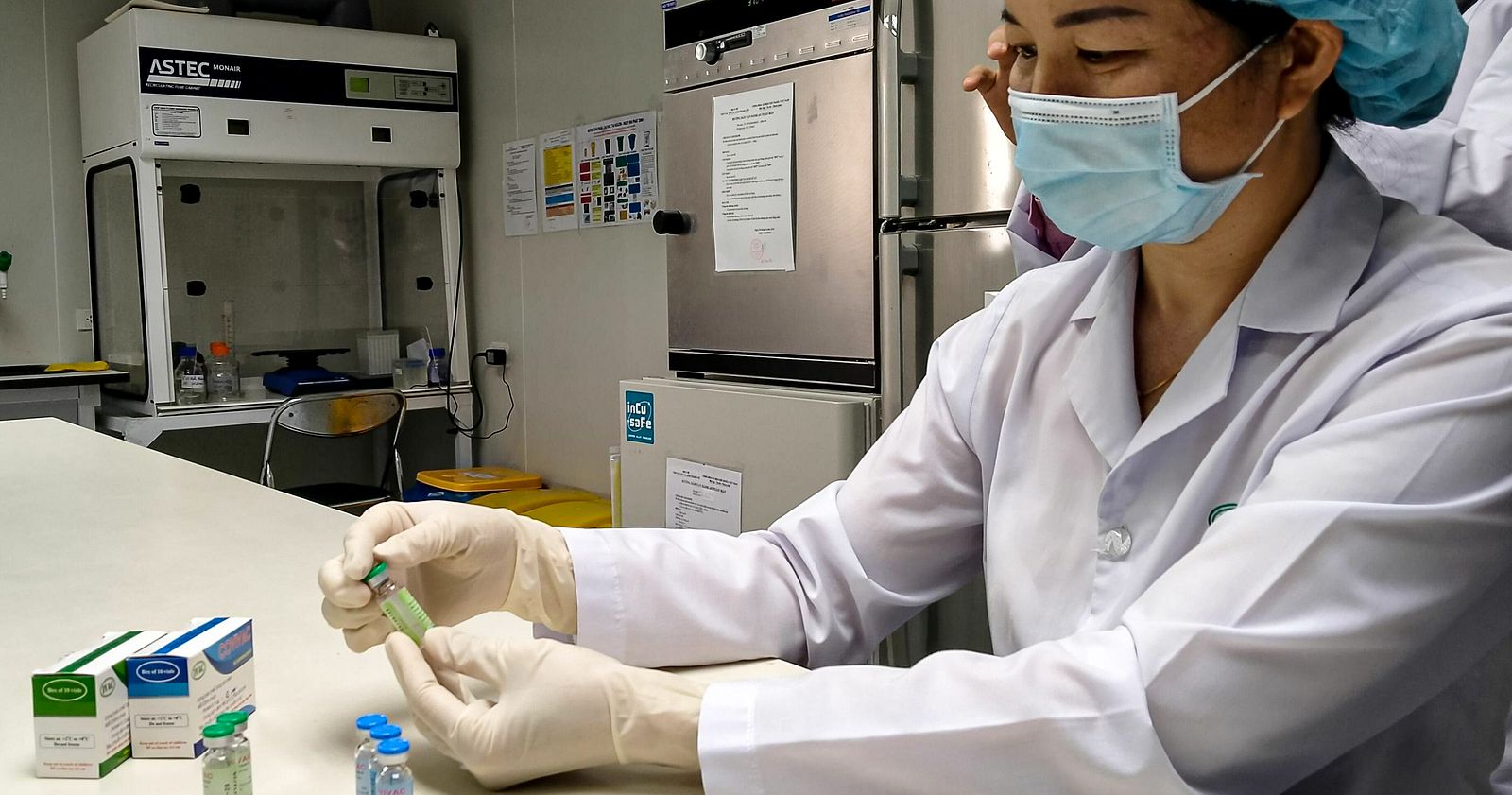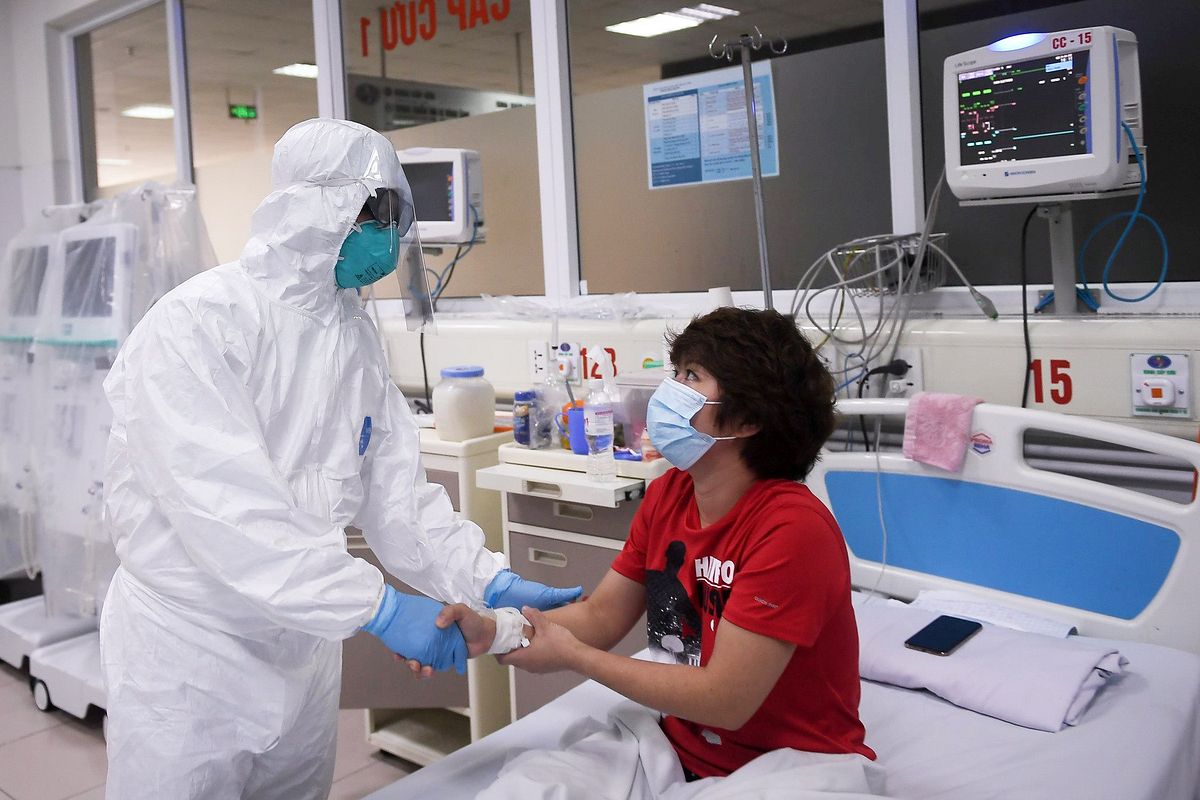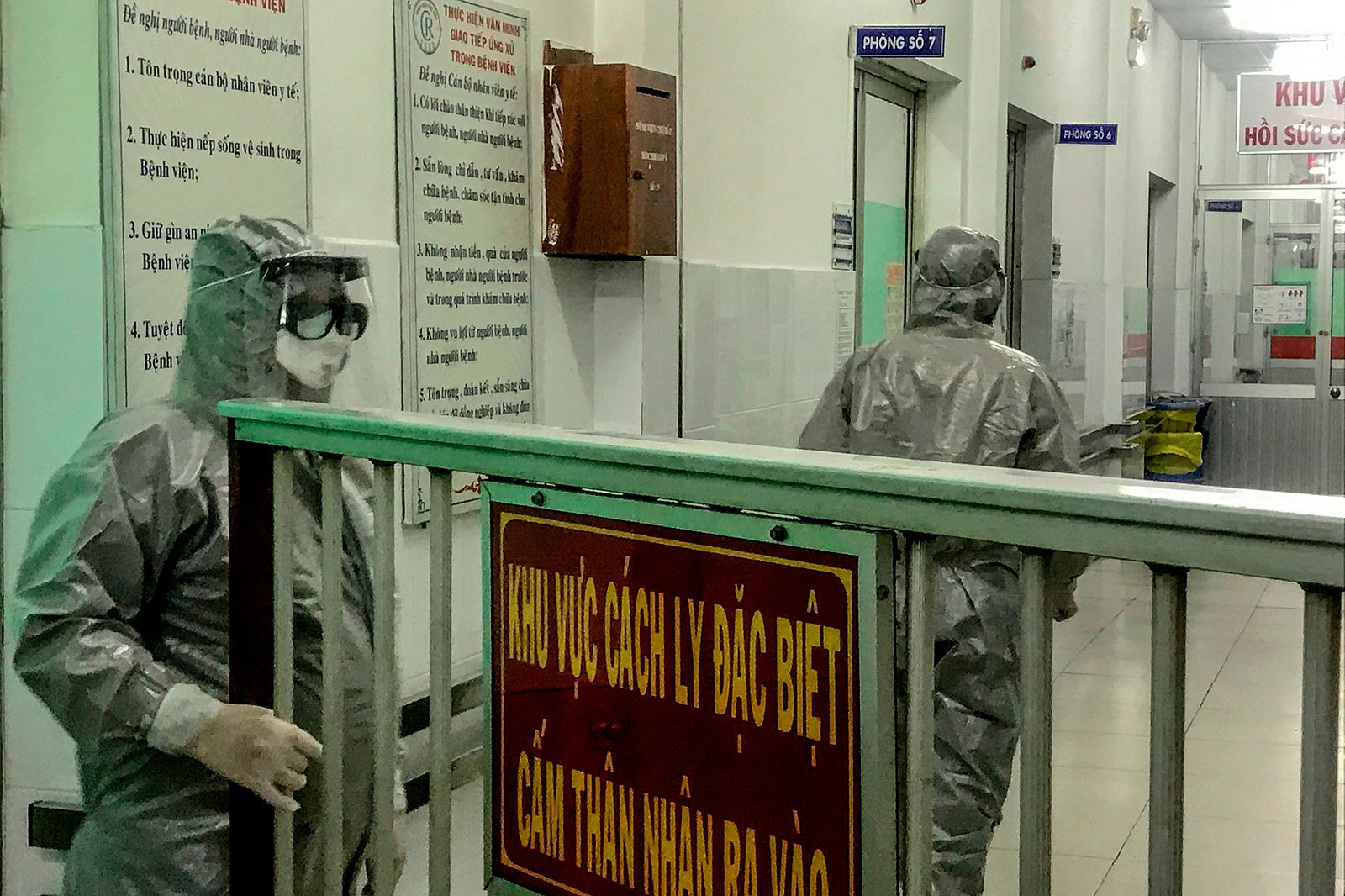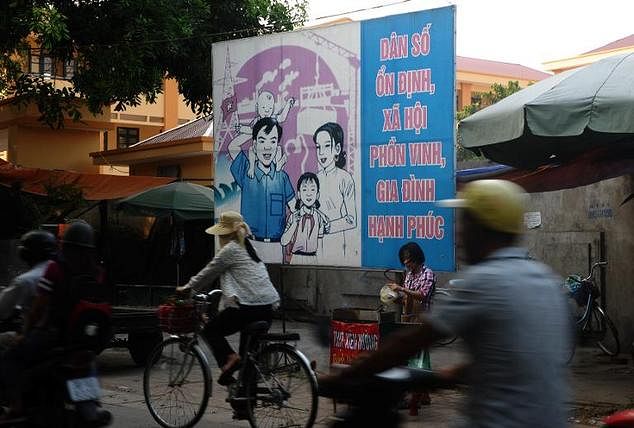Vietnam might be the second Southeast Asian country to have a baby born with Zika-linked microcephaly, a condition characterized by small head size in newborns.
A 23-year-old woman in Dak Lak province who was recently diagnosed with the virus has given birth to a baby exhibiting signs of the birth defect, reports VnExpress. Doctors in the Central Highlands province are monitoring the four-month-old infant and her mother while waiting for test results to come back from Japan's Nagasaki University to confirm the microcephaly diagnosis.
The young mother belongs to the E De ethnic minority in Dak Lak. During the second and third trimester of her pregnancy, she reported having Zika symptoms such as rash and high fever but didn’t get tested, according to the news source.
During a meeting with health experts from the World Health Organization (WHO) and the US Center for Disease Control and Prevention on Monday, local doctors confirmed that five consecutive tests on the E De mother came back positive for Zika. If the experts at Nagasaki University confirm that the Dak Lak baby is indeed suffering from microcephaly, Vietnam will become the second nation in Southeast Asia to experience the link between Zika and the birth defect after Thailand confirmed two cases of the congenital defect not long ago.
Tran Dac Phu, head of the General Department of Preventive Medicine under the Ministry of Health, shared with Tuoi Tre that Zika has been elevated to “epidemic” status in Vietnam after nine patients in five different localities were diagnosed with the virus.
Apart from the nine local patients, a few foreign visitors have also tested positive for the virus after stays in Vietnam, including an Australian man, a Korean woman and a Taiwanese man.
Deputy Director of the National Hospital of Obstetrics and Gynecology Tran Danh Cuong told Tuoi Tre that signs of microcephaly can be detected during the prenatal stage through a fetal ultrasound.
“If the kid’s head circumference does not grow, it is likely that the fetus suffers from the condition,” Cuong added.
Infants afflicted with the condition may experience convulsions, as well as physical and learning disabilities when they grow up, according to the WHO.
[Photo via Zing]














